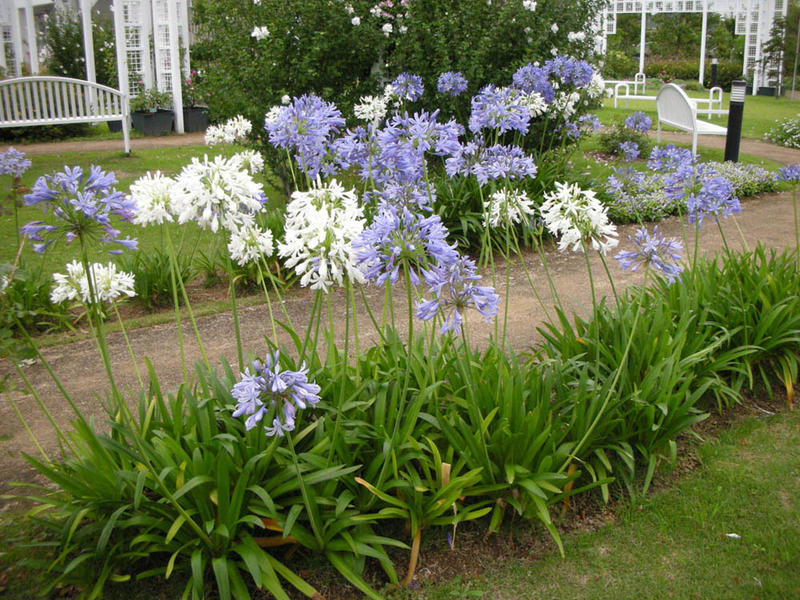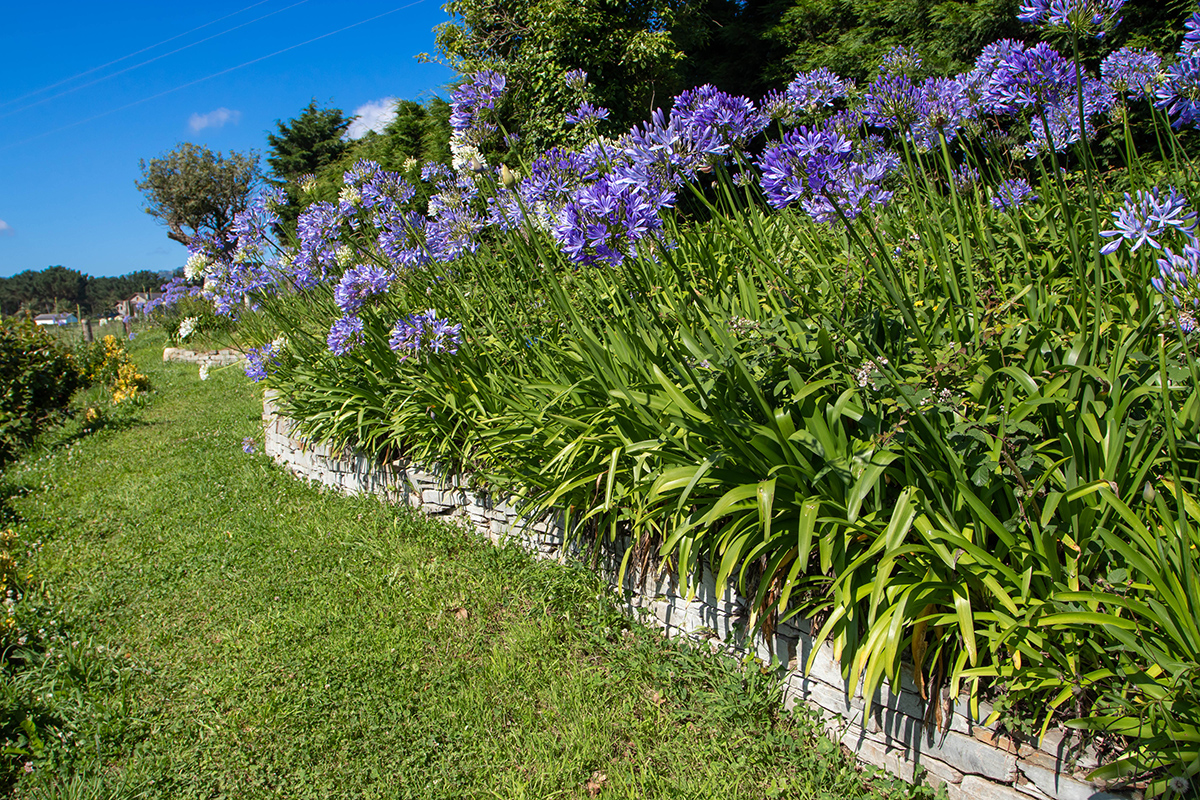Agapanthus Varieties: Picking the Best for Your Landscape
Agapanthus Varieties: Picking the Best for Your Landscape
Blog Article
Mastering the Art of Agapanthus Treatment: Necessary Steps for Healthy Development and Vibrant Flowers
In the world of gardening, the growing of agapanthus stands as a satisfying venture for those who seek to nurture these stylish flowering plants. With their striking flowers and stylish vegetation, agapanthus has caught the attention of garden enthusiasts worldwide. However, attaining optimal growth and vibrant blooms calls for a nuanced approach that incorporates numerous essential actions. From picking the ideal selection to understanding trimming strategies, the trip towards cultivating flourishing agapanthus plants is complex and holds the vital to opening the complete capacity of these agricultural treasures.

Choosing the Right Agapanthus Range

When picking the ideal Agapanthus range for your garden, think about aspects such as climate suitability, bloom shade, and development routine. Additionally, take into consideration the environment in your region to guarantee the Agapanthus variety you pick can flourish in your specific conditions. Understanding the development habit of various Agapanthus ranges is essential for proper positioning within your garden.
Perfect Growing Conditions
Taking into consideration the optimal environmental needs is necessary for successful Agapanthus cultivation. Agapanthus plants are delicate to cold temperature levels and ought to be safeguarded from frost throughout winter season months.
To ensure healthy and balanced development and vivid flowers, plant Agapanthus light bulbs at a deepness of regarding 2-4 inches and room them 8-12 inches apart. Including organic matter, such as compost, to the dirt can improve drain and fertility, promoting robust root advancement. Mulching around the base of the plants aids maintain dampness and reduces weed growth. Regular watering is essential, especially throughout the growing period, to maintain the soil regularly moist yet not soaked.
Watering and Fertilizing Tips
Maintaining appropriate dampness levels and giving crucial nutrients are crucial elements in the treatment regimen for Agapanthus plants. When it comes to sprinkling Agapanthus, it is important to strike a balance. These plants like consistently wet dirt however are prone to root rot if overwatered.
Feeding Agapanthus is important for promoting healthy development and respected flowers. Use a balanced plant food, such as a 10-10-10 formula, in the early spring as brand-new development arises. By complying with these watering and site here feeding suggestions, you can ensure your Agapanthus plants grow and produce dynamic, resilient flowers.
Trimming Strategies for Agapanthus
Trimming Agapanthus plants at the appropriate times and with correct methods is vital for preserving their wellness and advertising optimum development and blooming. The ideal time to prune Agapanthus is in late wintertime or early spring before new development arises. Beginning by getting rid of any kind of dead or yellowing leaves near the base of the plant. Cut them as short as feasible without harming the arising shoots.
Deadheading spent blossoms can likewise reroute the plant's power into producing more flowers instead than establishing seeds. If you want to accumulate seeds for breeding, leave some flowers to dry and mature on the plant.
Remember to utilize clean, sharp devices to make exact cuts and decrease the risk of presenting illness. Agapanthus. Normal pruning will certainly assist keep your Agapanthus looking cool and healthy while making sure an abundant screen of gorgeous blossoms
Handling Common Bugs and Diseases
After making sure correct pruning techniques for Agapanthus, it is necessary to attend to common insects and illness that can impact the health and vitality of these plants. One typical pest that affects Agapanthus is the Agapanthus gall midge.
An additional usual issue is fungal leaf area, which offers as dark sores on the leaves. To stop fungal illness, guarantee excellent air blood circulation around the plants, stay clear of overhanging watering, and get rid of any kind of infected leaves without delay. Additionally, Agapanthus plants can struggle with root rot if they are planted in improperly draining soil. To prevent this, plant Agapanthus in well-draining dirt and avoid overwatering. By being watchful and taking timely activity versus diseases and bugs, you can aid your Agapanthus plants flourish and produce vivid blossoms.

Conclusion
Finally, understanding the art of agapanthus treatment includes choosing the best variety, providing suitable growing problems, appropriate watering and feeding, proper trimming methods, and dealing with usual bugs and diseases. By adhering to these important actions, you can make sure healthy development and vibrant blossoms for your agapanthus plants. why not check here Keep in mind to consistently keep an eye on and preserve your plants to promote their overall health and durability.
To ensure healthy growth and dynamic blooms, plant Agapanthus light bulbs at a deepness of concerning 2-4 inches and space them 8-12 inches apart. By adhering to these watering and fertilizing ideas, you can guarantee your Agapanthus plants flourish and produce vivid, lasting blossoms.
One typical bug that influences Agapanthus is the visit this site Agapanthus gall midget. In addition, Agapanthus plants can suffer from root rot if they are planted in poorly draining pipes soil. By following these necessary steps, you can ensure healthy development and vivid blooms for your agapanthus plants.
Report this page